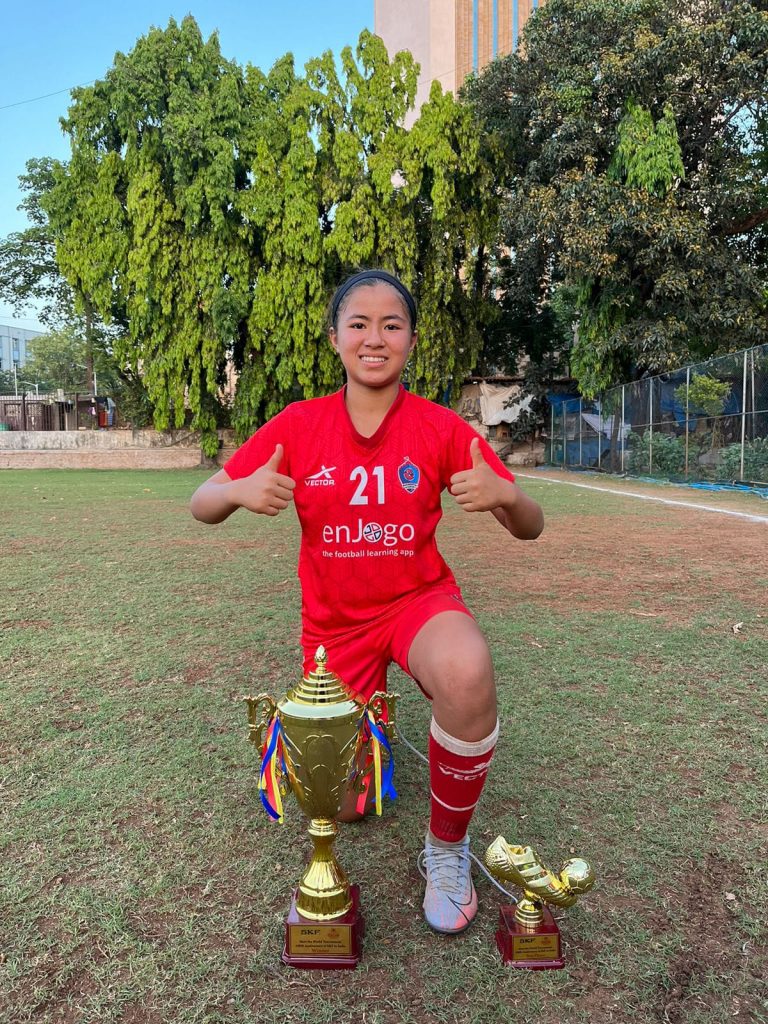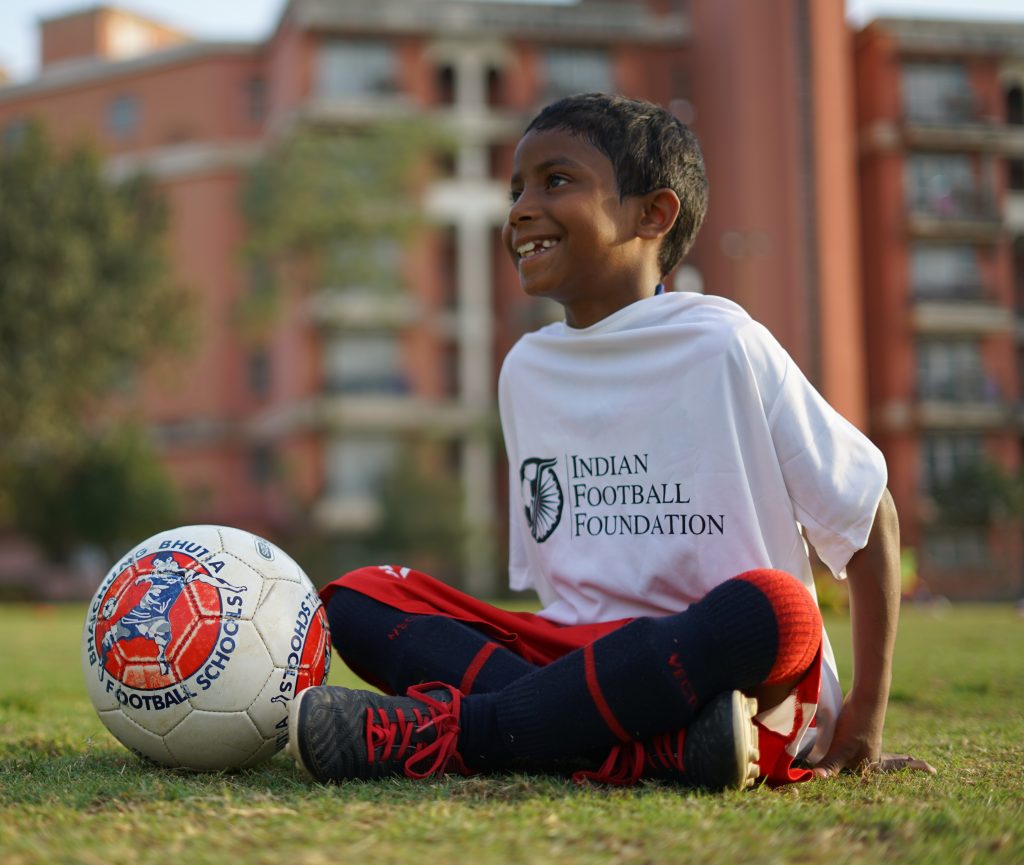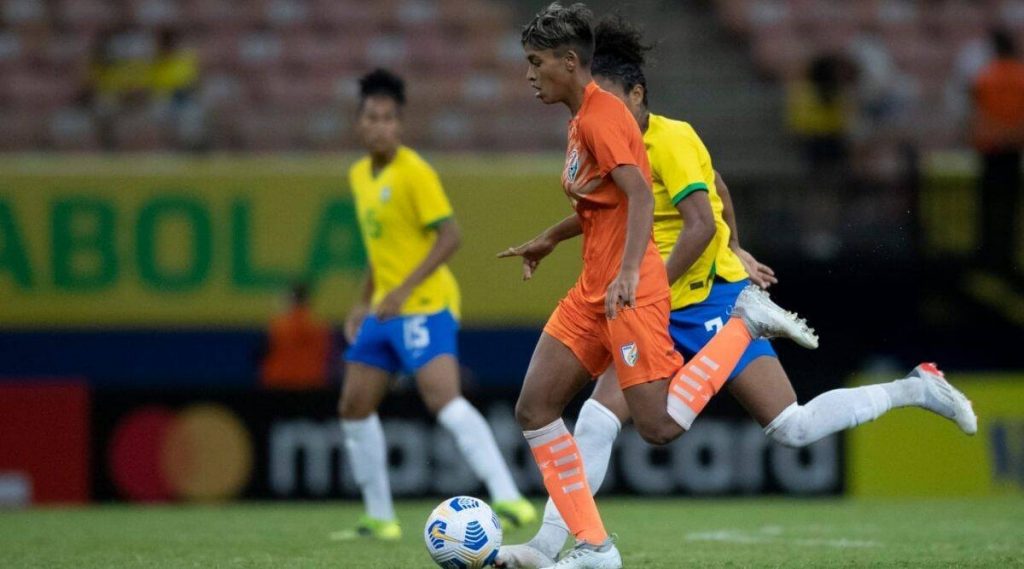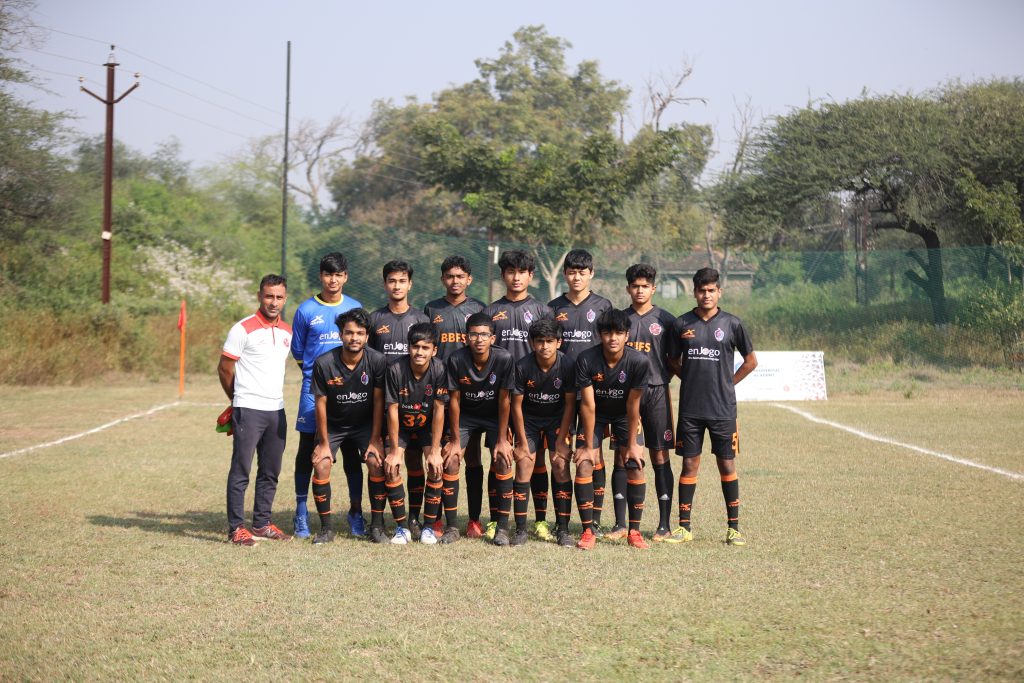Dressed For Success: Decoding the Influence of Colours in Sports
Can colour affect sporting performance? I don’t know about you, but Cristiano Ronald certainly thinks so!
“I’ve noticed that when I wear my white Real Madrid jersey, I feel a sense of purity and focus that helps me perform at my best,” he remarked. “It’s not just superstition; it’s a real psychological advantage.” Meanwhile, Usain Bolt attributes his electrifying speed to the colors of his yellow and green Jamaican jersey. “I’ve always felt a surge of energy when I wear it. It’s like the colors themselves give me an extra boost of confidence and speed.” And as for Tiger Woods, well, he sticks with red because, as he puts it, “my mom believes that it’s my power color.”
You get the picture.
1. Red
Researchers, like Hill and Barton (2005), have found that athletes competing in red uniforms often outperform their opponents. Why? Because red triggers something primal—an unconscious response linked to dominance and competition.
This and several studies (and wins) confirm what athletes have long suspected: red jerseys are a force to be reckoned with. Athletes adorned in red exude a sense of dominance and aggression, instilling fear and intimidation in their opponents. Studies by Frank and Gilovich (1988) show that athletes in red are perceived as more aggressive and powerful. It’s all in the mind, but the impact is real.

But it’s not just mind games. Red gets your heart racing, literally. Elliot et al. (2013) discovered that athletes facing opponents in red experience higher physiological arousal. It’s like a surge of energy coursing through their veins, sharpening focus and boosting performance.
Also, in cultures worldwide, red is a symbol of luck and prosperity. Teams wearing red jerseys tap into this rich heritage, inspiring confidence and belief in their ability to triumph.
2. Yellow
Enter the arena, and amidst the sea of colors, one stands out like a beacon of energy and positivity: yellow. Guéguen and Jacob’s discoveries in 2014 unveiled the energizing effects of yellow environments, igniting a spark of vitality within athletes. Guéguen and Jacob’s study in 2014 revealed that exposure to yellow environments heightened arousal levels and energy.
But the story of yellow doesn’t end there. Dating back to Wexner’s groundbreaking research in 1954, we’ve understood its unparalleled ability to capture attention. In the heat of competition, when split-second decisions can make all the difference, yellow jerseys shine bright, ensuring players stand out on the field via quick decision-making among teammates.

While limited research specifically addresses the impact of yellow jerseys on opponents, studies on color psychology suggest that yellow can evoke feelings of alertness and urgency on their opponents, potentially influencing their performance through psychological means.
In tough weather or low-light situations like in rugby or American football, visibility is super important. Yellow jerseys really stand out in these conditions, making it easier for players to be seen on the field. This helps them make fast decisions and react quickly during the game.
3. Blue
Ever noticed how a stadium comes alive when a team dons blue jerseys? It’s not just a coincidence. Research by Stone (2003) dives deep into the psychology behind colour and consumer behaviour, revealing that blue has the remarkable ability to evoke positive emotions and foster loyalty. The sea of blue in the stadium creates a powerful sense of unity, propelling the team to greater heights on the field. It’s a symbiotic relationship—fan support fuels team performance, while success on the field strengthens fan loyalty.

Also, athletes donning blue jerseys are perceived as authoritative and competent, instilling confidence in both teammates and spectators alike. While the color red has been associated with heightened aggression and intensity, blue exudes a calming effect, fostering tranquility and composure. That is why you often see sports teams clad in blue uniforms, especially in high-pressure situations where focus and concentration are crucial, such as swimming or archery.
Parallel to this is Mehta and Zhu’s study in 2009, which demonstrated that participants exposed to blue backgrounds exhibited improved cognitive performances because of enhanced focus and calmness.
4) White
Amidst the chaos of competition, the classic white jersey remains a timeless icon of sportsmanship and success.
Back 2008, and Havenith shed light on how white clothing can be a game-changer in hot weather conditions.
But how does that work, you ask? So, for sports played in hot weather conditions, such as soccer or football, maintaining optimal body temperature is crucial for performance and endurance. White jerseys are known for their ability to reflect heat and sunlight, helping to keep players cool and comfortable on the field. Wearing white clothing can significantly reduce heat absorption and improve thermal comfort in hot environments. Therefore, teams wearing white jerseys may have a practical advantage in hot weather conditions, leading to improved physical performance and endurance.

But the influence of white extends beyond mere physical comfort. While Mahnke’s study in 1996 didn’t delve directly into sports, it hinted at the psychological benefits of white environments—lower levels of stress and anxiety. Therefore, one may infer that teams wearing white jerseys may experience a sense of calmness, which could help them maintain focus and composure during high-pressure situations.
And let’s not forget the cultural associations of white jerseys like that of tradition, purity, and simplicity in sports. For instance, the iconic Real Madrid team have a long-standing tradition of wearing white jerseys as part of their identity and legacy. Fans may perceive white jerseys as a symbol of tradition and excellence, evoking feelings of nostalgia and pride in their team’s history and achievements.
5) Orange
Orange isn’t just a colour; it’s a symbol of vitality and creativity, capable of igniting a fire within athletes. Studies have shown that exposure to orange backgrounds can skyrocket mood and energy levels, providing a much-needed boost on the field (Elliot et al., 2007). It’s like wearing a shot of espresso—it wakes you up and primes you for peak performance.
Furthermore, the highly visible nature of orange makes it effective in low-light conditions, making it super easy for players to spot each other and enhance team coordination (Wexner, 1954).

Now, let’s talk about mind games. While there isn’t an abundance of research on the impact of orange jerseys on opponents, colour psychology hints at its potential to stir excitement and urgency (Mehta & Zhu, 2009). It’s like waving a red flag in front of a bull—except in this case, it’s an orange jersey, subtly nudging opponents towards a heightened state of awareness and pressure.
In the eyes of fans, orange signifies warmth, friendliness, and optimism, positively shaping attitudes and behaviors (Labrecque & Milne, 2012). When worn by sports teams, orange jerseys evoke similar feelings among fans, fostering increased support and enthusiasm in the stadium.
6. Green
Green jerseys evoke feelings of harmony and renewal, creating a sense of tranquility and focus among athletes. But Serene Williams explains it better: “When I step onto the court in a green jersey, I feel connected to the earth, grounded and ready to thrive.”
Lichtenfeld et al.’s revelations in 2012 showcased green’s ability to reduce stress and anxiety, while Kwallek et al.’s insights in 1997 unveiled its association with stability and security. This sense of psychological balance may help athletes maintain composure and focus during high-pressure situations, leading to improved decision-making and performance. These studies also coincide with another one by Mehta and Zhu (2009), which explores how exposure to the colour green can have a soothing effect on the nervous system, reducing stress and anxiety levels. Therefore, teams wearing green jerseys may create a relaxed and less intimidating atmosphere for their opponents, potentially influencing their performance through psychological means.

Moreover, the naturalistic associations of green with the outdoors and growth can evoke a sense of connection to nature, grounding athletes and fostering a sense of well-being amidst the intensity of competition.
7) Black
When it comes to exuding power and dominance, black jerseys reign supreme!
Athletes wearing them are often perceived as more aggressive and intimidating by opponents (Frank & Gilovich, 1988).
Research, such as Elliot et al.’s study in 2007, showcased that exposure to the colour black can evoke feelings of fear and anxiety in individuals, potentially creating a sense of intimidation and unease among opponents. But while black jerseys may convey psychological advantages, they also come with their challenges, especially in hot weather conditions. Research suggests that wearing black clothing can increase heat absorption, potentially impacting physical performance and endurance on the field (Havenith et al., 2008). It’s a delicate balance between power and practicality, where every decision is weighed against the demands of the game.
Yet, despite these challenges, black jerseys hold a special place in the hearts of fans. They’re a symbol of tradition, sophistication, and solidarity, evoking feelings of loyalty and pride (Labrecque & Milne, 2012) As LeBron James once said, “Wearing black isn’t just about looking good—it’s about feeling invincible. When you step onto the court in a black jersey, you’re not just representing your team; you’re embodying a legacy of strength and resilience that transcends the boundaries of the game.”

Kishore Taid, the co-founder of BBFS, adds, “I believe colours can elicit a certain automatic response in humans, just like music and art. Hence, jersey colors too may have some effect on players’ minds. However, players with high mental capability can be unaffected by colours and thus remain focused on their performance. Also, these days, especially at the professional level, there is so much preparation, analysis and awareness that the effect of colours can get really subdued.”
Read more about BBFS Residential Academy
